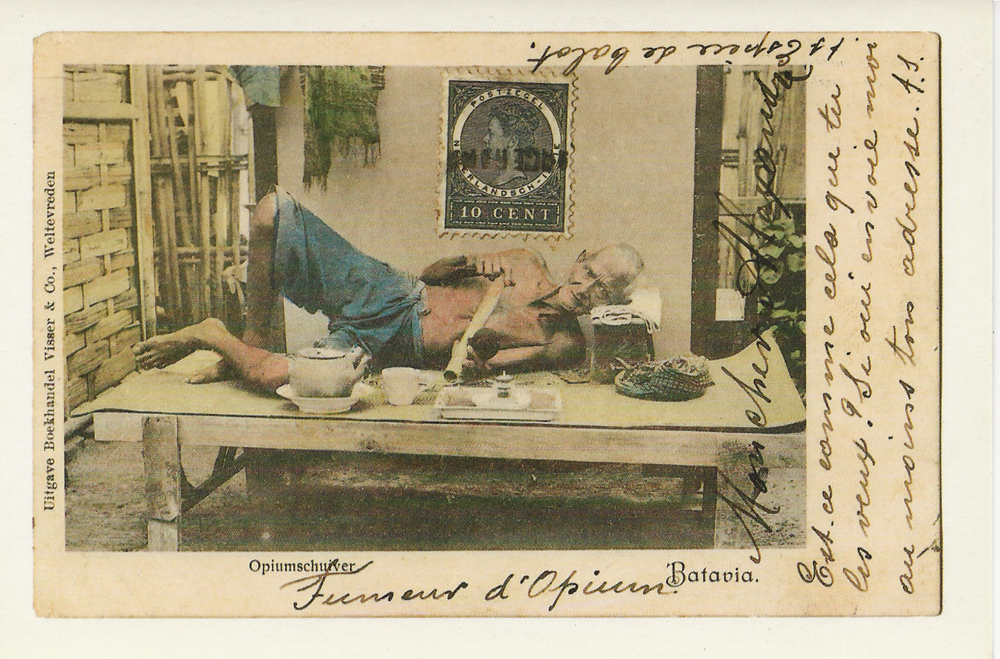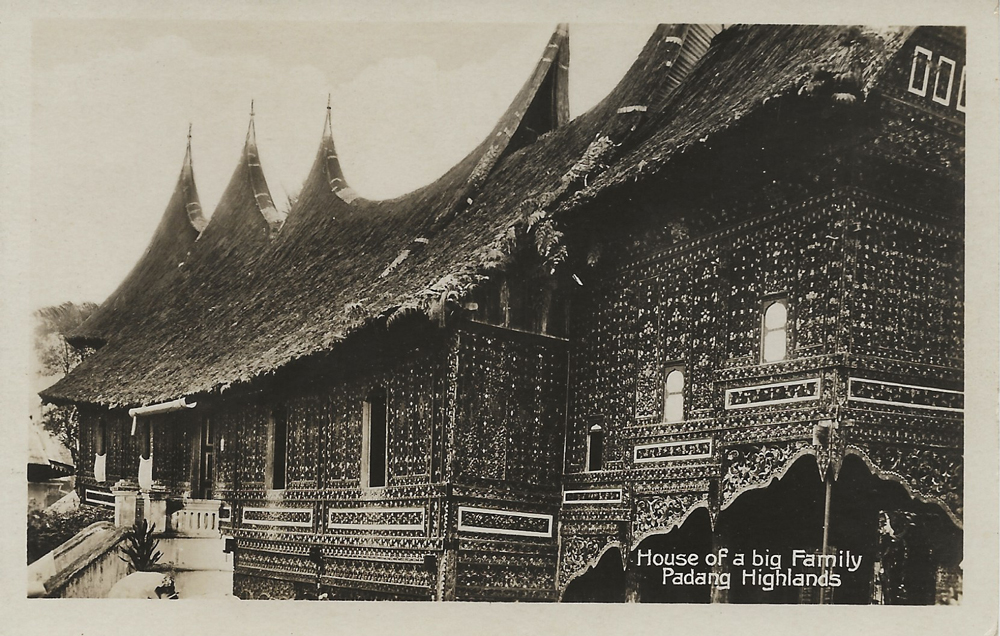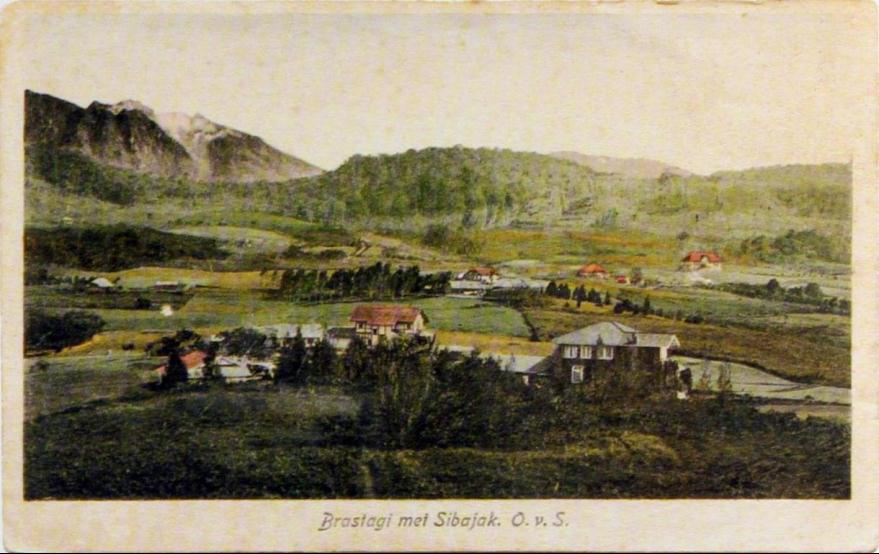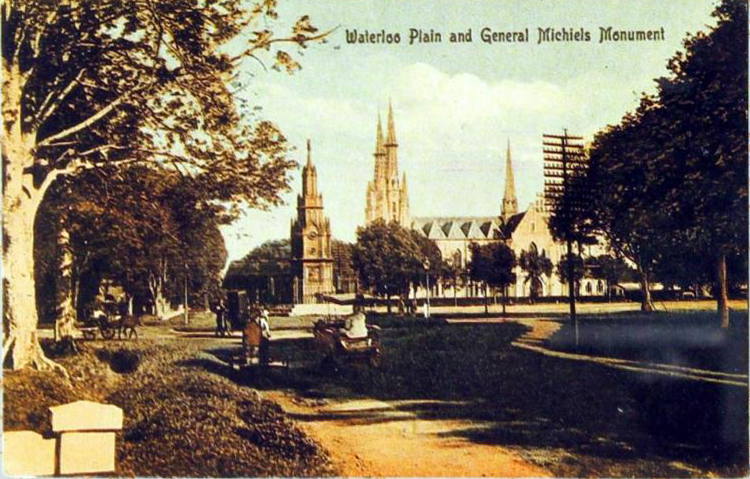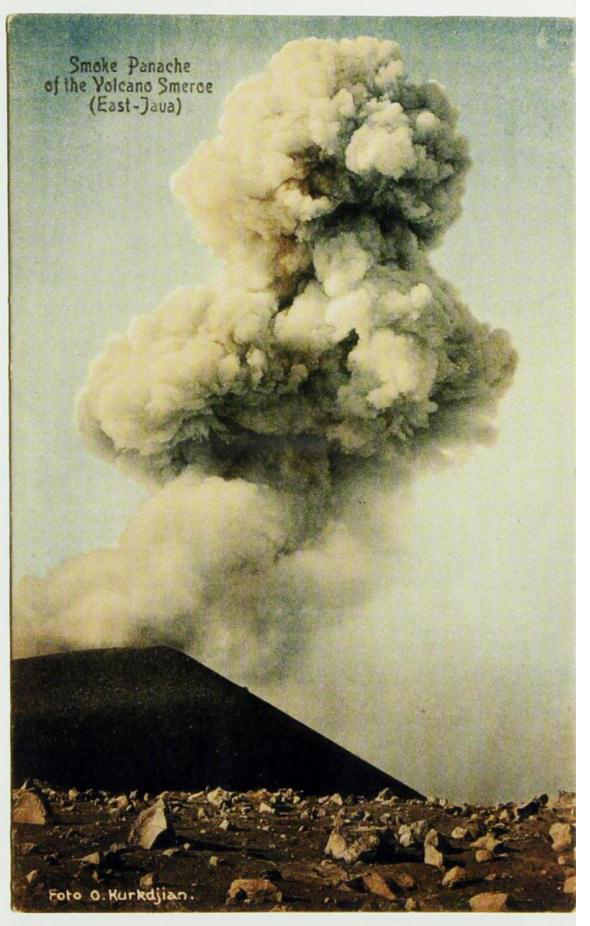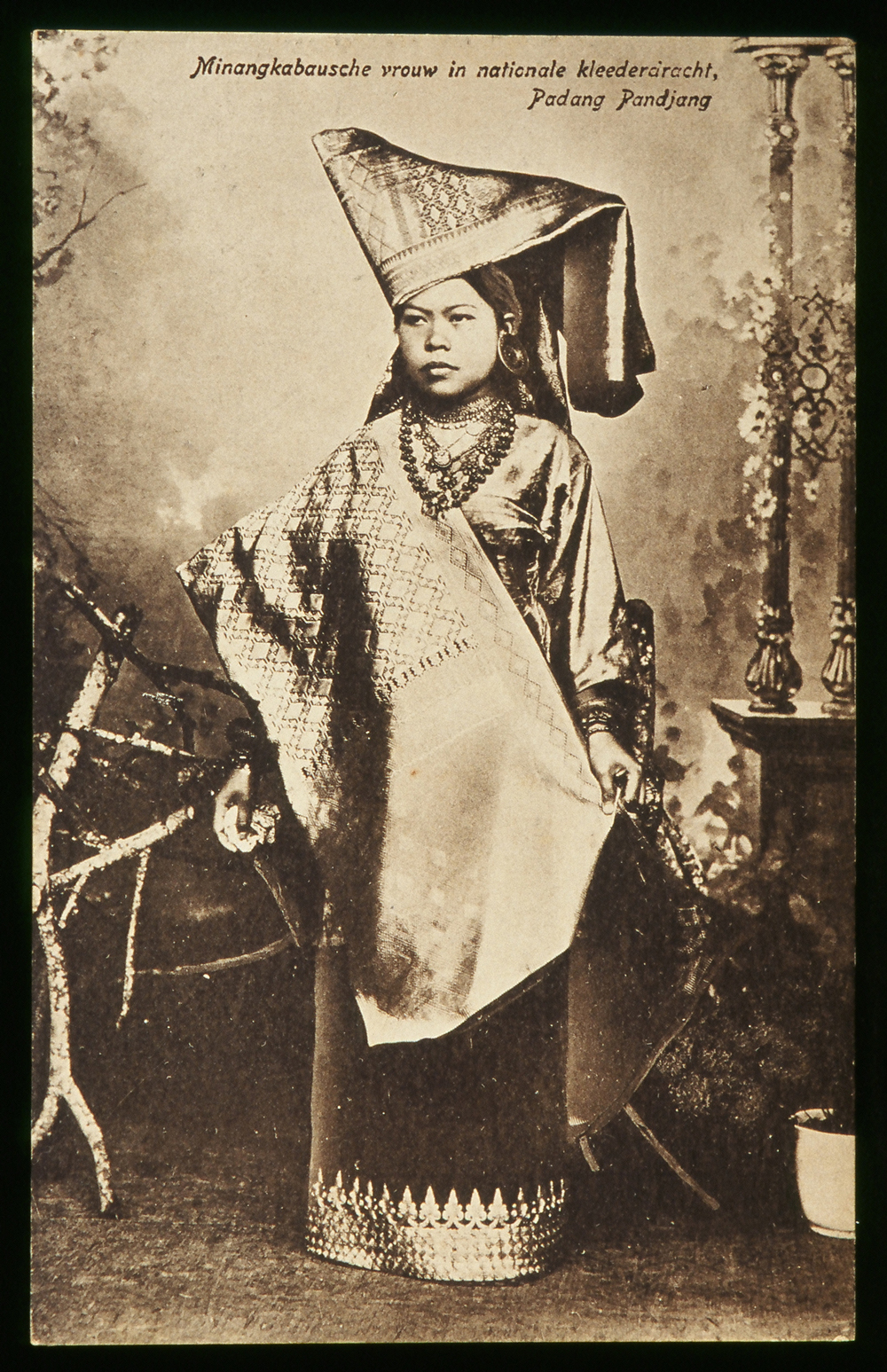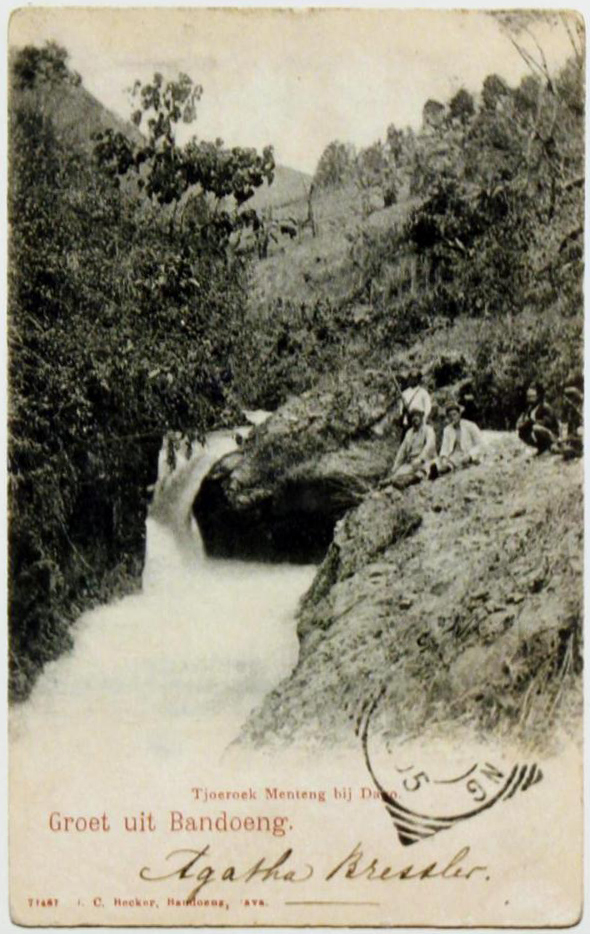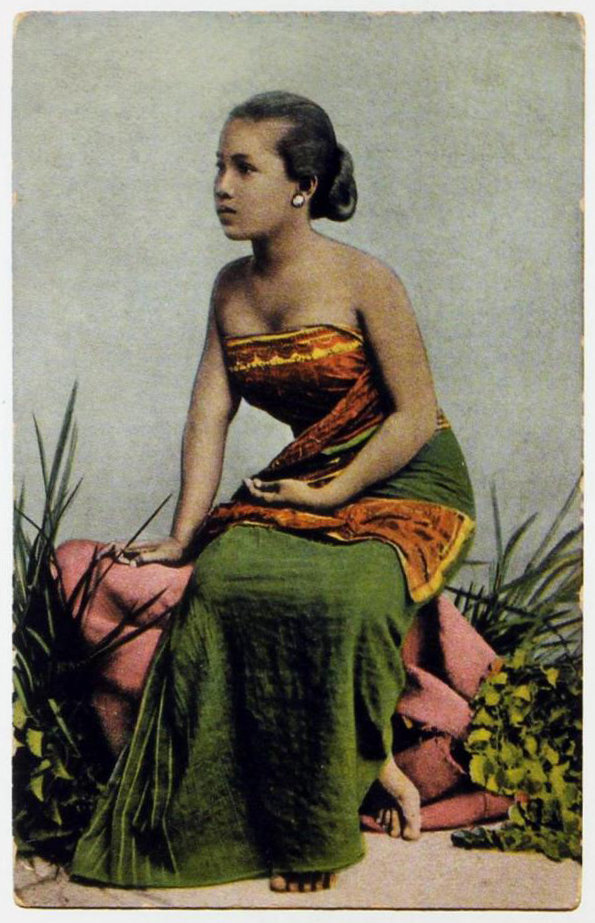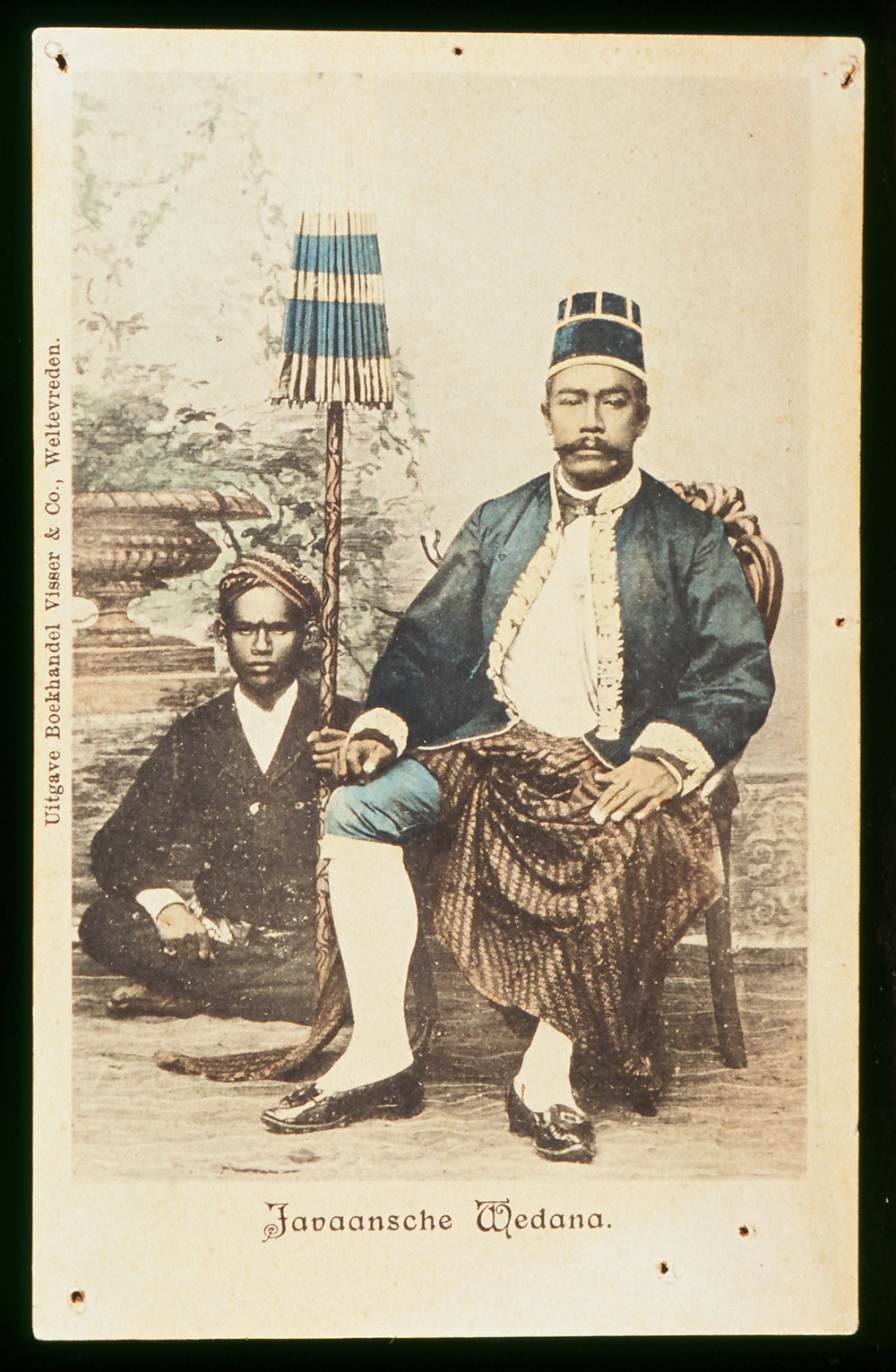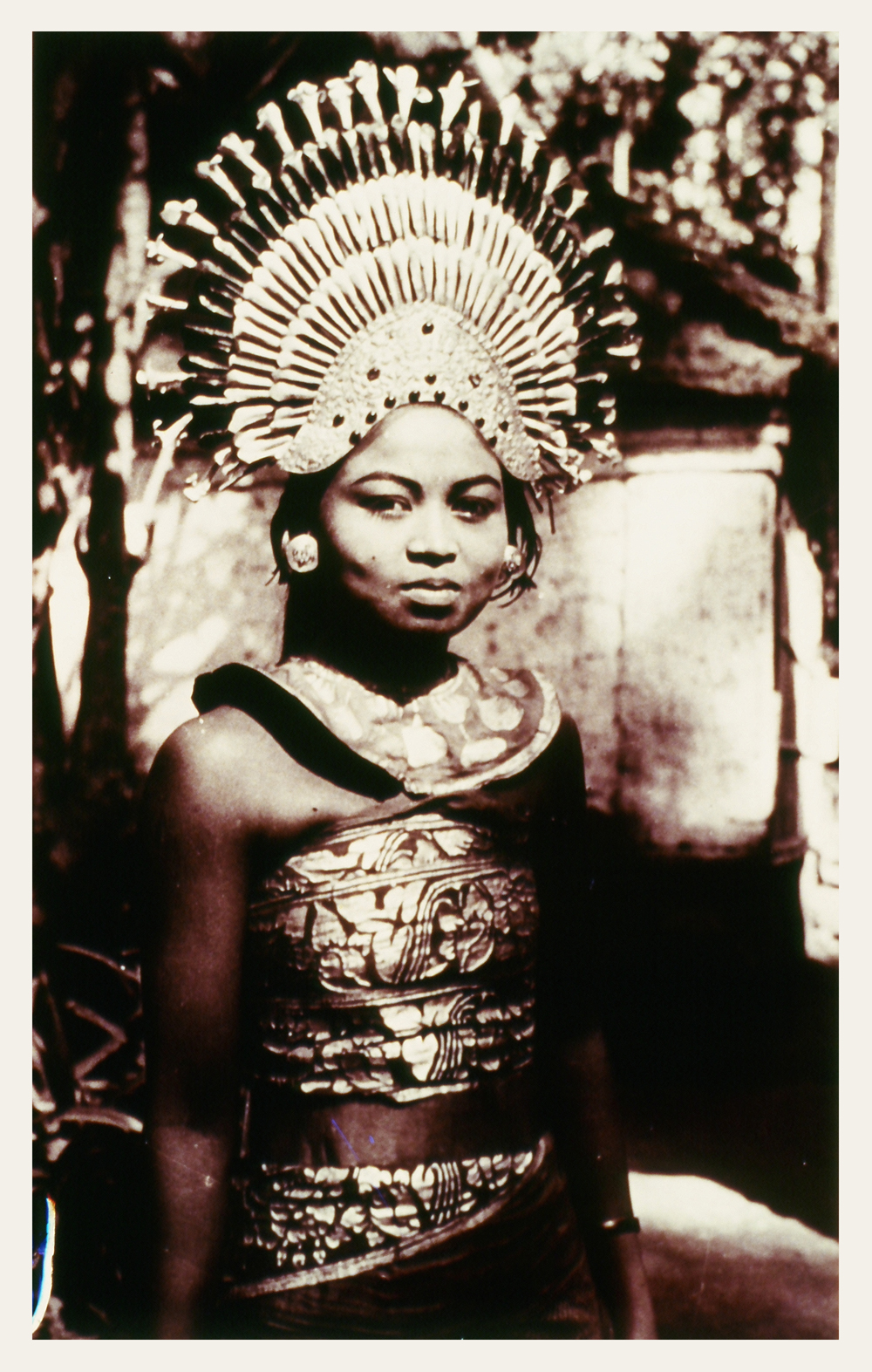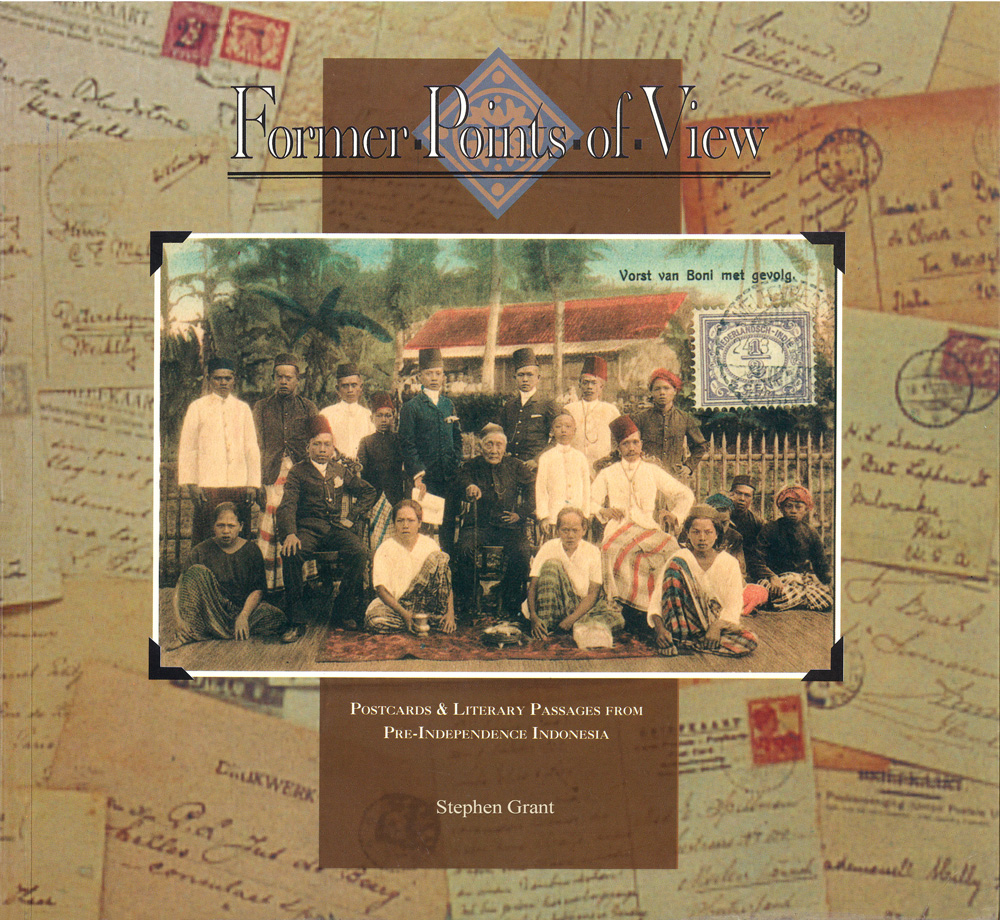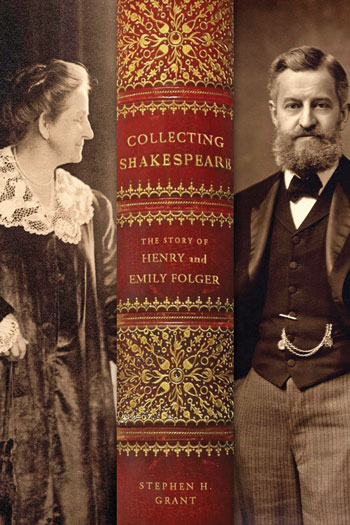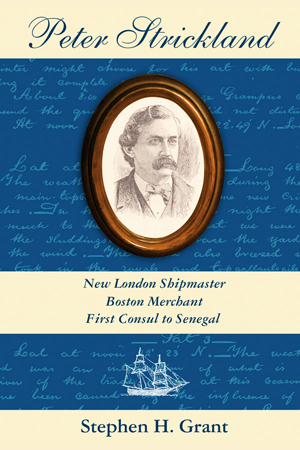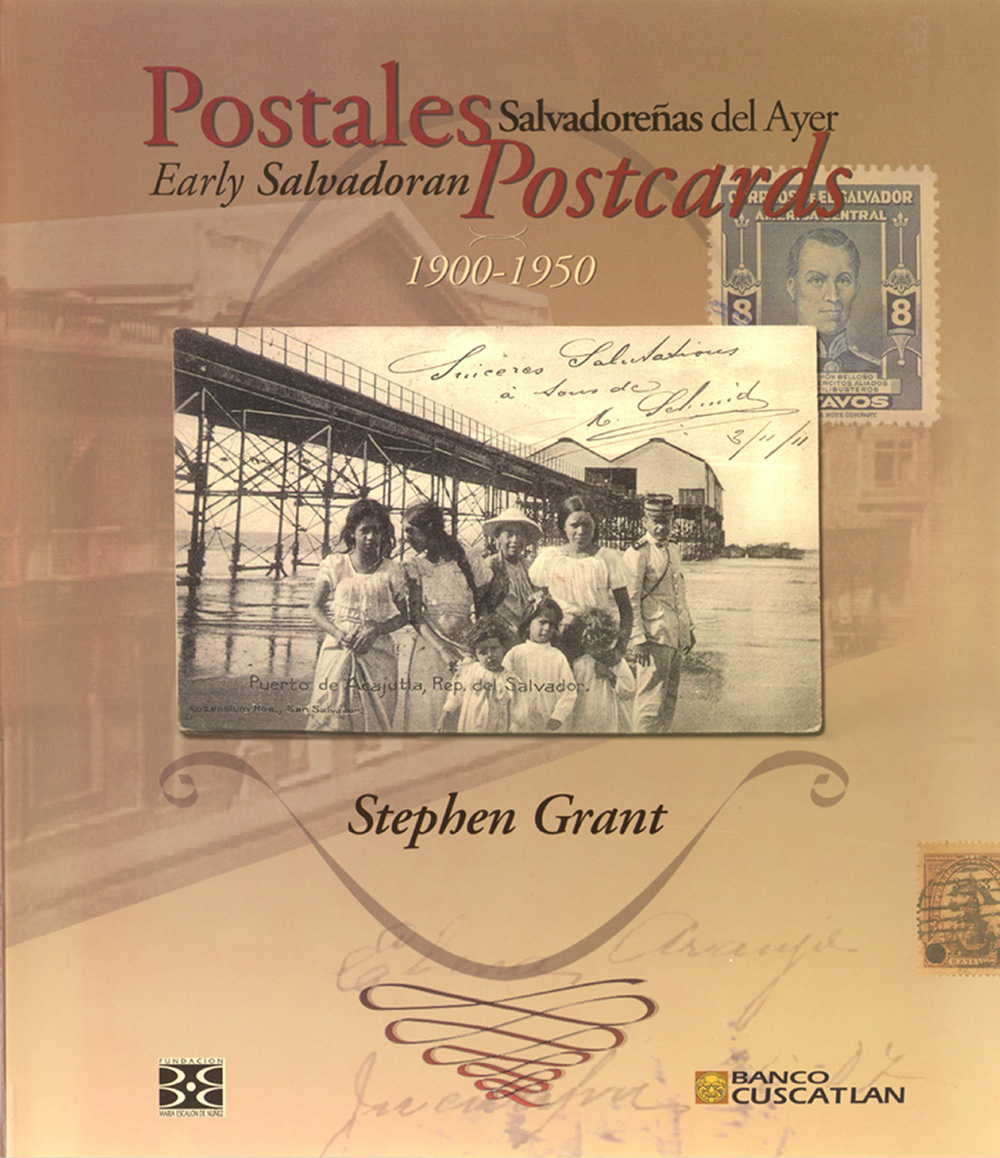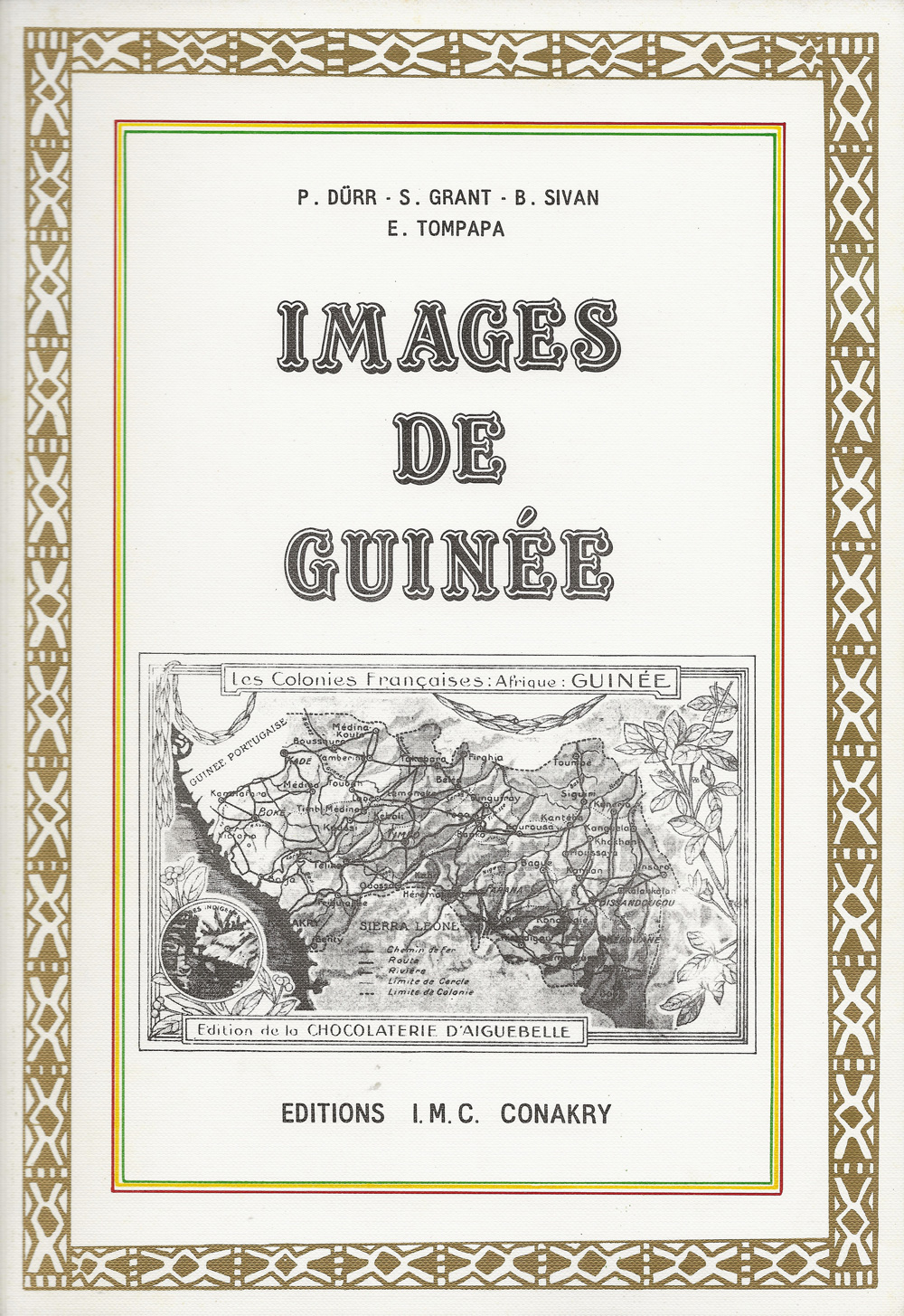FORMER POINTS OF VIEW
Postcards and Literary Passages from Pre-Independence Indonesia
“The most important part of this book is the introduction by the author, Stephen Grant. It is here that he opens our eyes to the real value of postcards. With time, the function of postcards changes from being a tool for conveying news to becoming an historical document. This particular book was published within the context of celebrating the Golden Anniversary of Indonesia’s Proclamation of Independence. The aim of the book was not to remind us of the sensitive colonial period but more to open up a window for young people to look at the past, an era they have not experienced for themselves.”
Mulyawan Karim, Journalist
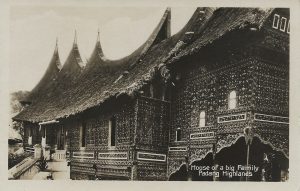 Before Stephen Grant arrived in Jakarta, Indonesia in the late summer of 1992 for a four-year assignment as head of the education and training office at USAID (U.S. Agency for International Development), he had purchased in Parisian postcard boutiques 200 old postcards of the Dutch East Indies. He soon learned about an Indonesian non-profit literary institution called LONTAR, founded in 1987. He contacted an American there, John McGlynn, co-founder (now chairman of the board) who came to Grant’s house one evening in the Kemang subburb to look at the collection. « These are fabulous images, but we focus on literature. If you can come up with a literary component, perhaps LONTAR would be able to consider producing a book. » He explained that the Lontar Foundation’s primary goals were to foster appreciation of Intonesian literature and culture and to support the work of authors and translation of Indonesian literature.
Before Stephen Grant arrived in Jakarta, Indonesia in the late summer of 1992 for a four-year assignment as head of the education and training office at USAID (U.S. Agency for International Development), he had purchased in Parisian postcard boutiques 200 old postcards of the Dutch East Indies. He soon learned about an Indonesian non-profit literary institution called LONTAR, founded in 1987. He contacted an American there, John McGlynn, co-founder (now chairman of the board) who came to Grant’s house one evening in the Kemang subburb to look at the collection. « These are fabulous images, but we focus on literature. If you can come up with a literary component, perhaps LONTAR would be able to consider producing a book. » He explained that the Lontar Foundation’s primary goals were to foster appreciation of Intonesian literature and culture and to support the work of authors and translation of Indonesian literature.
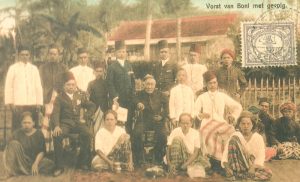 Grant soon came up with the idea of identifying 100 picture postcards that would reproduce well and started looking for books on Indonesia that might include passages that described the scenes or subjects in the postcards. Soon he had purchased or borrowed 200 books and the matching could start in earnest. Lontar agreed with the approach and told Grant to produce the text. When the issue of financing arose, Lontar had the genial idea to organize a fund-raising dinner. The Jakarta Post of Mar. 25, 1995 reported that five musicians sounded their drums, women and men clad in traditional Riau garb from Sumatr,––red the ladies, yellow for men––entered the hall, each hand holding a plate high in the air. « There has never been such a food presentation before, commented the Minister of Tourism, Joop Ave. The evening collected nearly $200.000 for three special projects, including Former Points of View.
Grant soon came up with the idea of identifying 100 picture postcards that would reproduce well and started looking for books on Indonesia that might include passages that described the scenes or subjects in the postcards. Soon he had purchased or borrowed 200 books and the matching could start in earnest. Lontar agreed with the approach and told Grant to produce the text. When the issue of financing arose, Lontar had the genial idea to organize a fund-raising dinner. The Jakarta Post of Mar. 25, 1995 reported that five musicians sounded their drums, women and men clad in traditional Riau garb from Sumatr,––red the ladies, yellow for men––entered the hall, each hand holding a plate high in the air. « There has never been such a food presentation before, commented the Minister of Tourism, Joop Ave. The evening collected nearly $200.000 for three special projects, including Former Points of View.
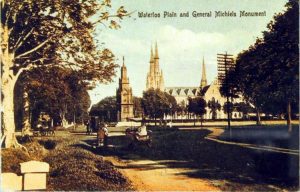 A book launch on Sept. 12, 1995, gathering the Tier 1 of Indonesian society, took place at Gallery Antara and was inaugurated by Emil Salim, Minister of Finance. Gallery curator Yudhi Soerjoatmodjo welcomed attendees including Umar Kayam, poet and co-founder of Lontar; Ms Yus Umar Kayam of Femina magazine ; Goenawan Mohammad, former chief editor of Tempo magazine; Des Alwi Abubakar, historian, diplomat, and writer; Carla Bianpoen, architect ; Henri Chambert-Loir, French scholar; Indonesian language instructor Leila Hasyim; and Barbara Harvey, American Chargé d’Affaires. The handsome postcard book was published in both soft and hard covers, along with a 1996 calendar and booklets of « 12 Postcards of Old Indonesia. »
A book launch on Sept. 12, 1995, gathering the Tier 1 of Indonesian society, took place at Gallery Antara and was inaugurated by Emil Salim, Minister of Finance. Gallery curator Yudhi Soerjoatmodjo welcomed attendees including Umar Kayam, poet and co-founder of Lontar; Ms Yus Umar Kayam of Femina magazine ; Goenawan Mohammad, former chief editor of Tempo magazine; Des Alwi Abubakar, historian, diplomat, and writer; Carla Bianpoen, architect ; Henri Chambert-Loir, French scholar; Indonesian language instructor Leila Hasyim; and Barbara Harvey, American Chargé d’Affaires. The handsome postcard book was published in both soft and hard covers, along with a 1996 calendar and booklets of « 12 Postcards of Old Indonesia. »
Indonesian diplomat and author Rusli Amran wrote: “The book launch was a very impressive event with Indonesian elites attending. Stephen is lucky to have LONTAR as the producer, as the quality of the book printing is above average. There are people and foreigners who love to collect beautiful old photos and pictures. Yet, there are very few––none to my knowledge––like Stephen––who consistently collect old, beautiful, and eye-catching POSTCARDS from all over the world, and who DILIGENTLY ask experts or historians about the stories surrounding each single postcard. He always asks me questions, sometimes twice, to make sure that his understanding, and that which he records, is entirely accurate. It should be that way.”
Grant, Stephen, Former Points of View: Postcards and Literary Passages from Pre-Independence Indonesia. Jakarta, Indonesia: LONTAR, 1995, 168 pp. ISBN 979-8083.22-9.
Introduction, 100 images, postcard subject & producer index, bibliography, author’s acknowledgements.
“The book launch was a very impressive event with Indonesian elites attending. Stephen is lucky to have LONTAR as the producer, as the quality of the book printing is above average. There are people and foreigners who love to collect beautiful old photos and pictures. Yet, there are very few––none to my knowledge––like Stephen––who consistently collect old, beautiful, and eye-catching POSTCARDS from all over the world, and who DILIGENTLY ask experts or historians about the stories surrounding each single postcard. He always asks me questions, sometimes twice, to make sure that his understanding, and that which he records, is entirely accurate. It should be that way.”
– Rusli Amran, Indonesian author
“Grant covers a good deal of my favorite subject: the indigenous people of Indonesia in their original environment, going about their business. Their costumes, as well as their tools of the trade, are now slowly making their way into museums and collections worldwide. That is progress! The value of Former Points of View is that it captured “progress,” although some people might not have been in favor of such progress.”
– Leo Haks, specialist in Indonesian photography
“Overall, Former Points of View provided me with an understanding of what life must have been like in colonial Indonesia. I have a better grasp on Indonesia’s development and why it is such a blend of old and new, East and West. The book helped fill a gap in my knowledge, and learning from postcards and anecdotes was much more fun than using a stodgy old textbook!”
– Karen Gunderson, community organizer
“The most important part of this book is the introduction by the author, Stephen Grant. It is here that he opens our eyes to the real value of postcards. With time, the function of postcards changes from being a tool for conveying news to becoming an historical document. This particular book was published within the context of celebrating the Golden Anniversary of Indonesia’s Proclamation of Independence. The aim of the book was not to remind us of the sensitive colonial period but more to open up a window for young people to look at the past, an era they have not experienced for themselves.”
– Mulyawan Karim, journalist
“Former Points of View, Stephen Grant’s new book on postcards from pre-Independence Indonesia, contains a selection of postcards from the author’s collection. The postcard images cleverly relate to passages excerpted from over 30 books or periodicals written about Indonesia before the arrival of the Japanese in 1942. Grant had to meticulously research passages for each postcard and then pick the most appropriate quotation. The inclusion of the excerpts adds an idyllic nuance to the pictoral images in this charming volume.”
– Amir Sidharta, book critic
“In 1914, I came from Holland to South Sumatra, where my parents had been living since the 1890s. I eventually took over my father’s rice and coffee export business. I married a Dutch lady from Bandung. The wedding took place in Bone, South Sulawesi. To my utter delight, I found all of these places represented in this postcard album. What I especially admire and appreciate is the great sensitivity with which Stephen Grant treats the past, whether it be the colonial or the indigenous situation. I spent a whole day with the book, plunged back into tine, and into my early memories.”
– Wim Kissing, retiree in Ubud, Bali
“Stephen Grant’s Former Points of View will have multiple appeal to readers. For picture postcard collectors, Grant’s book further demonstrates how effectively and intimately postcards can capture the spirit of an era now long gone. For the non-collector with an interest in history, Former Points of View takes an important place among a still very limited number of works that provide a window into life in Indonesia in the first half of the twentieth century. For the visitor to the bustling and dynamic Indonesian Republic, this book will help answer the questions of what came before the modern era and what influences helped shape the Indonesia of today.”
– Scott Merrillees, author of Batavia in 19th Century Photographs
“Stephen Grant travels far beyond stereotypical postcard images of turquoise waters and bikini-clad bathing beauties in this book. The images range from the highly formal and stylised to others which are beautiful, haunting, stunningly unusual or just plain odd in their depiction of Indonesian life from the late 1800s to 1942. Grant’s book is an illuminating and fascinating visual journey down memory lane.”
– GARUDA In-Flight Magazine
“While my father was a physician in the Dutch Colonial Service in 1891, I was born in Mojokerto, south of Surabaya. I left Java for Holland at the age of eight, ninety-eight years ago, never to return. When I looked through Former Points of View, I relived a part of my childhood. Of course, I could not relate much to the buildings and to the industrial development, but I was happy to find the mountains, rivers, and natural scenery that had struck me as a child. The book is so nicely designed! Postcards are a great tourist attraction: I have bought and sent them all of of my life. This rich book has also served the purpose of sparking my great-grandchildren––who live in the United States––to inquire about our family’s genealogy.”
– Johanna van Gelder
THE POWER OF A POSTCARD
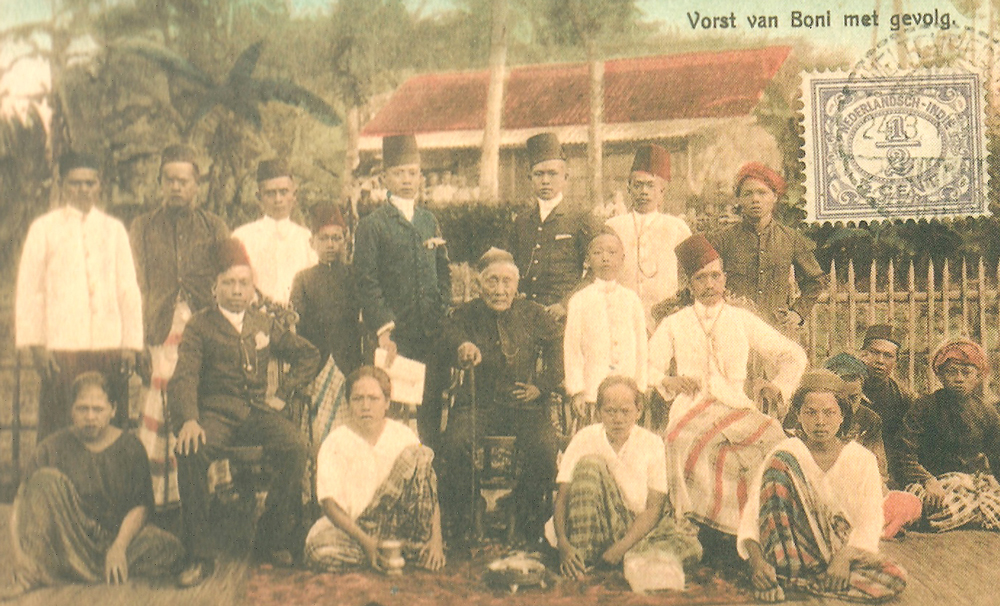
Listen to the audio
Look at the carefully-posed family gathering in the postcard I chose to display on the above book cover. It is the ruler of Boni and his retenue from the island of Sulawesi. Even a carpet has been hauled outside for the occasion! The patriarch, seated in the middle, belongs to the Bugis Kingdom in the Dutch East Indies, later to become Indonesia. The English expression “boogieman” meaning a terrifying specter comes from the Indonesian word “bugis.”
Listen to the audio
After my book was published and I was giving a book talk in Jakarta on the island of Java, a member of the audience asked me: “do you know the significance of how the four ladies sitting in front have positioned their knees?” I had to admit my ignorance. “The one with the left knee in the air is the only one unmarried.”
The power of a postcard was in the meaningful detail obvious to someone initiated into that ethnic tradition and totally lost on a foreigner like me. I hastened to rewrite that section of my commentary for a second edition of my book, which has not yet seen the light of day.
§
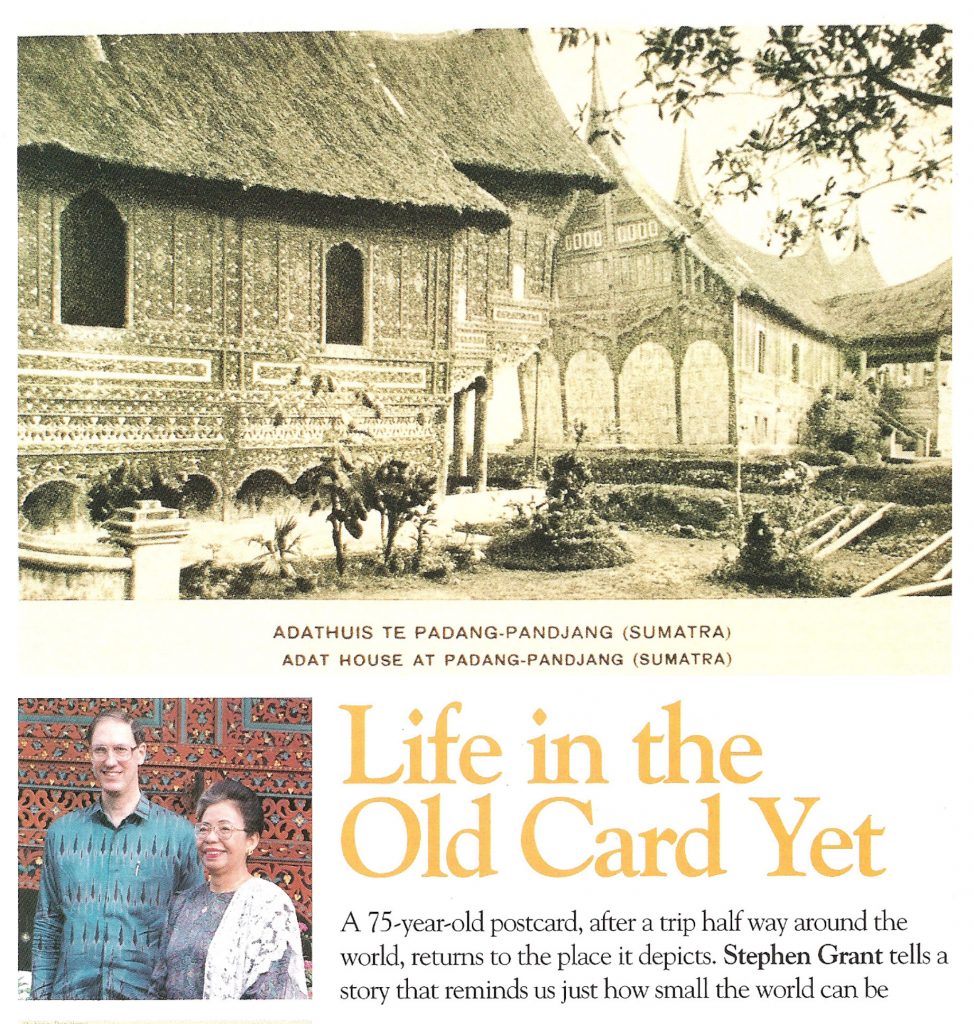
Listen to the audio
I took a pack of old Indonesian postcards to my first Indonesian language lesson in Bandung, as a means of developing vocabulary. My teacher Ibu Leila Hasyim leafed through them, picking out a word here and a word there to teach me. Then, before a card of a large residential building, she froze. “Rumah ini, rumah saya,” she gasped, leaving the room in a dash. She returned with a framed picture removed from her living room wall. “This house is my house!” The skin on her arm showed goose flesh as she explained that this brightly painted wooden adat (traditional) house had been built by her family in Padang Pandjang, central Sumatra in the 1870s. Although she possessed photos of her house in the 1950s, she had never seen a picture of it with a thatched palm roof. She knew that, starting in the early 1930s, a zinc roof had been put on. I gave her the old card, and several months later visited her in her family home.
“How small the world can be” shows the power of a postcard. The story was written up in the March, 1994 issue of the in-flight magazine, GARUDA.
IMAGE GALLERY
CONNECT

